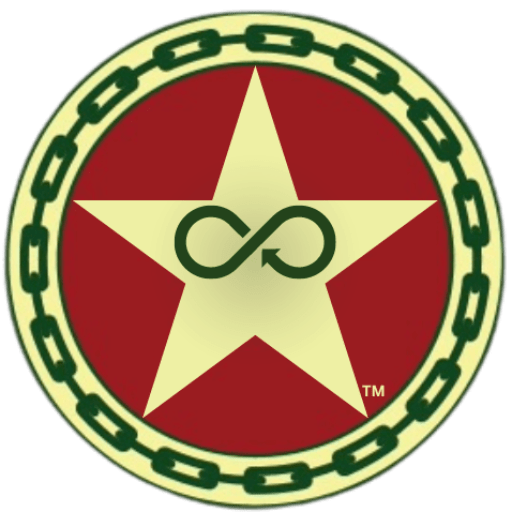The two buzzwords of today’s business world are leadership and teams, and for good reason. A business is only as strong as its leader, and a team is only as strong as the manner in which it is directed. Successful organizations don’t achieve their goals by accident, just as unsuccessful organizations aren’t unsuccessful by chance. Whether you are a leader in your family, a coach on your child’s sports team, or a top executive in the largest corporation in the universe, the manner in which you exercise your leadership skills is directly proportional to the organization you lead.
The fundamental step for success in any organization is effective leadership. But what exactly is effective leadership? It is a tool that when used properly propels teams and organizations toward their goals. It empowers teams to reach their full potential and to overcome obstacles. It helps them with the day-to-day and provides the necessary guidance that allows them to stretch and grow when it comes to long-term goals. It also sets up an environment ripe for collaboration. In short, effective leadership results in a dynamic team and a dynamic business environment.
Management of a team:
The core of successful leadership is the skill to steer teams, each made up of its own unique set of individuals, in the same direction, toward a common goal. To be able to do this, leaders first need to learn and exhibit a certain set of qualities—qualities that set them apart and make them a figure to be followed. One of these qualities is being able to maintain reason and manage conflicts. Sure, you can “bring the troops together,” but what happens if you don’t appear to be doing what someone else thinks or expects you to do? Oh, we’ve got a conflict. And what are you going to do about it?
Thinking strategically:
The capability to envision tomorrow and formulate plans and aims for the long range is what’s meant by strategic thinking. People of real accomplishment achieve strategic results because they have a strategic mindset—they are able to sift through “the noise,” “see” the underlying dynamic forces at work in a complex situation, and identify the key move or moves that will either open up opportunities in the situation or neutralize the threats that might otherwise keep the person or the organization from being able to achieve the desired aims.
Making decisions can be difficult. The decision-making process involves weighing the pros and cons of different options and considering the potential outcomes of each. However, in order to make a truly informed decision, it is often necessary to consult additional sources of information or consult with others. In some cases, this can make the decision-making process even more challenging, particularly if the information or advice received from outside sources is contradictory, confusing, or incomplete.
Strong leadership is marked by effective decision-making ability. It enables leaders to steer through uncertainty and provides them with the information they need to make good choices that help the organization achieve its goals. Leaders must consider the trade-offs between different options, think about the potential consequences for stakeholders, and then act in a way that is timely and decisive in either addressing an immediate problem or seizing an emerging opportunity. To be a good decision-maker, a person must be a good listener and auditor. When a strong leader goes to make a decision, they must be armed with the data that are necessary to make a meaningful judgment.
Resolving Conflicts:
It is impossible for a team or an organization not to encounter conflict. Still, there are individuals at the top who possess the facilities to govern not only the situation but also the outcome of the incident. They do this by first establishing a safe and open environment in which team members feel not only free to express themselves but also encouraged to work through the issue together. When it becomes acutely clear, or maybe even more unclear, as to what the problem is and who is involved, these leaders then engage in that good old mainstay of conflict management: the conversation.
To sum up, effective leaders aren’t just good at managing people. They have a mix of various skills that enable them to do their job. They must be able to think strategically. They must make good decisions—some of them occur with lightning speed and some with focused inaction, but all are for the benefit of the organization. They must also be pretty good with conflict. (Who isn’t?!) And, to be honest, they must be a little lucky too. Cultivating those skills and competencies allow a leader to build a full set of tools that can then be applied to any situation. They’re the kind of leader you’d follow before going over the top with a rifle.



